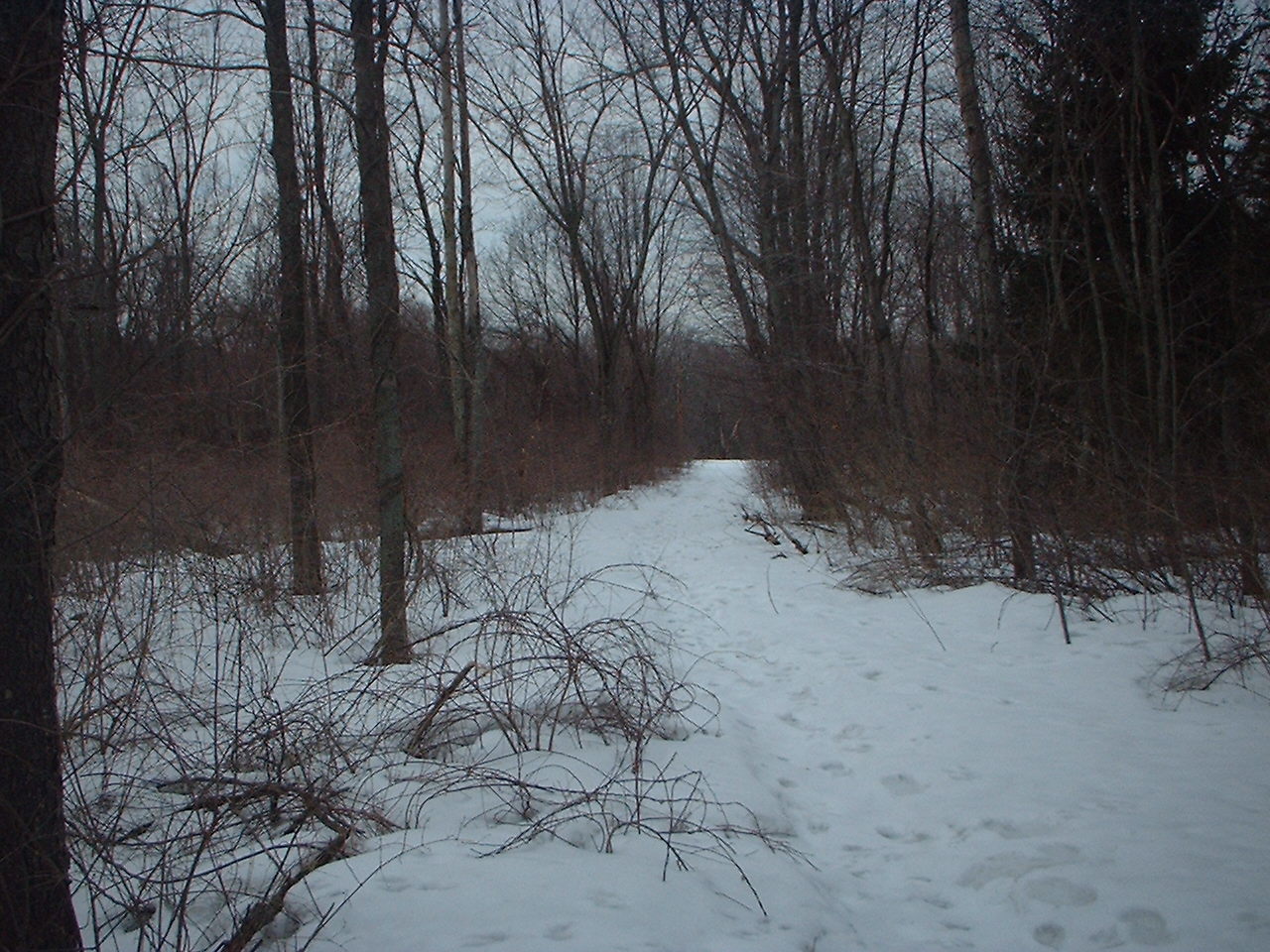|
Spotlight: White-tailed Deer
The white-tailed deer are one of the most numerous wildlife species in the United States today. The deet live mainly in the woods amongst the trees because they provide the best habitat. Holliston is a perfect place for the deer to live because there are thousands of acres of woods behind many neighborhoods in this area. Many people have spotted deer while taking hikes in the woods or just by looking out in their yard. The white-tailed deer eat woody vegetation such as buck brush and rose as well as grasses, shrub, and plants.
The white-tailed deer is named for its distinctive feature, the large white tail, which is usually all you can see as it bounds away. The deer's upper body and sides change with the season, it goes from a reddish-brown in summer to a off-whitish in the winter. It's belly and tail are completely white and it also has a white area under it's throat. A fawn looks similar to the adult but it has several hundred white spots on its coat. About 140 fawns are born for every 100 does in the population. A buck is the male and it has antlers consisting of about 7 points. One sure sign that a buck has been in the area is a rub, which is a branch or sapling that has been stripped of its bark by a buck knocking the velvet from its antlers. So when you're in the woods, don't be surprised if you see a white tail bounding away.
Written by: Meghan Donovan |



